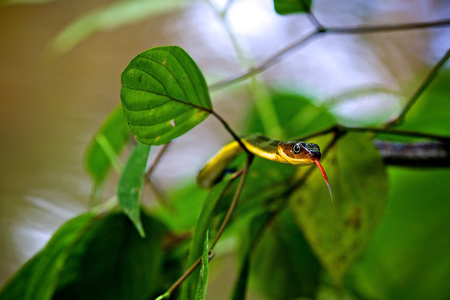Can I expect To See Wildlife in Ecuador?
You can expect to see a huge variety of exotic species of wildlife in Ecuador. What type of wildlife you see depends on where in Ecuador you visit. There are four different zones of wildlife in Ecuador: the Andes, the Amazon, the Galápagos islands, and the Pacific coast.

Ecuador is home to the Galápagos island chain, an area best known for its diversity of rare species. Some of the most famous examples of wildlife from Ecuador include the giant tortoises that live only in the Galápagos. Snorkeling is a popular activity in the Galápagos, as well as along the Pacific coast. Bring your goggles to admire the stingrays, nurse sharks, sea lions, and colorful fish that make their home off Ecuador’s coast.
In the lowlands, Ecuador has a tropical climate, in the rainforest and along the coast. Visitors to Ecuador’s Amazon rainforest should keep an eye out for caimans, howler monkeys, tapirs, and sloths.
In the Andes of the Northern Sierra you can visit a cloud forest. Cloud forests are humid, high-elevation environments that provide the perfect atmopshere for coffee cultivation. Take a tour of a coffee plantation to see the country’s most lucrative plants. This is an environment where you can also find delicate orchids, and moisture-loving epiphytes.
Ecuador is a popular destination for birders. Popular species to spot in the tropics include tanagers and quetzals. Visitors to the Galápagos can also look for Humboldt penguins, cormorants, and boobies. In the Andes, scour the sky for condors, and visit a cloud forest to find different species of hummingbird.
You have the opportunity to see rare species in Ecuador. No matter where you visit, bring a camera so you can document your finds.
Related Questions
- What Should I Wear or Bring To a National Park in Ecuador?
- Where Are Ecuador's National Parks & Reserves?
- I Want a Nature Vacation. Where Should I Go in Ecuador?
- How Much Does It Cost To Visit a National Park or Reserve in Ecuador?
- Are Ecuador's Parks and Reserves Well Developed?
It's more than just having a good time or visiting beautiful places (although that's absolutely a part of it!), it's about being part of a unique experience that stays with you.




